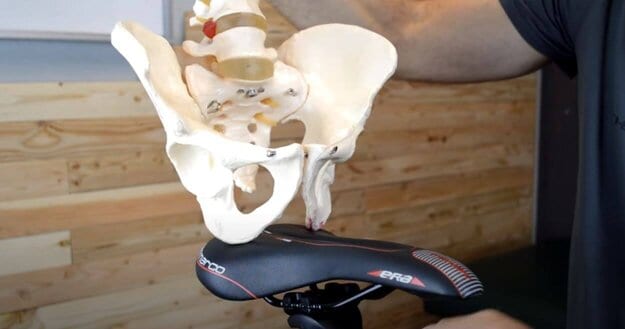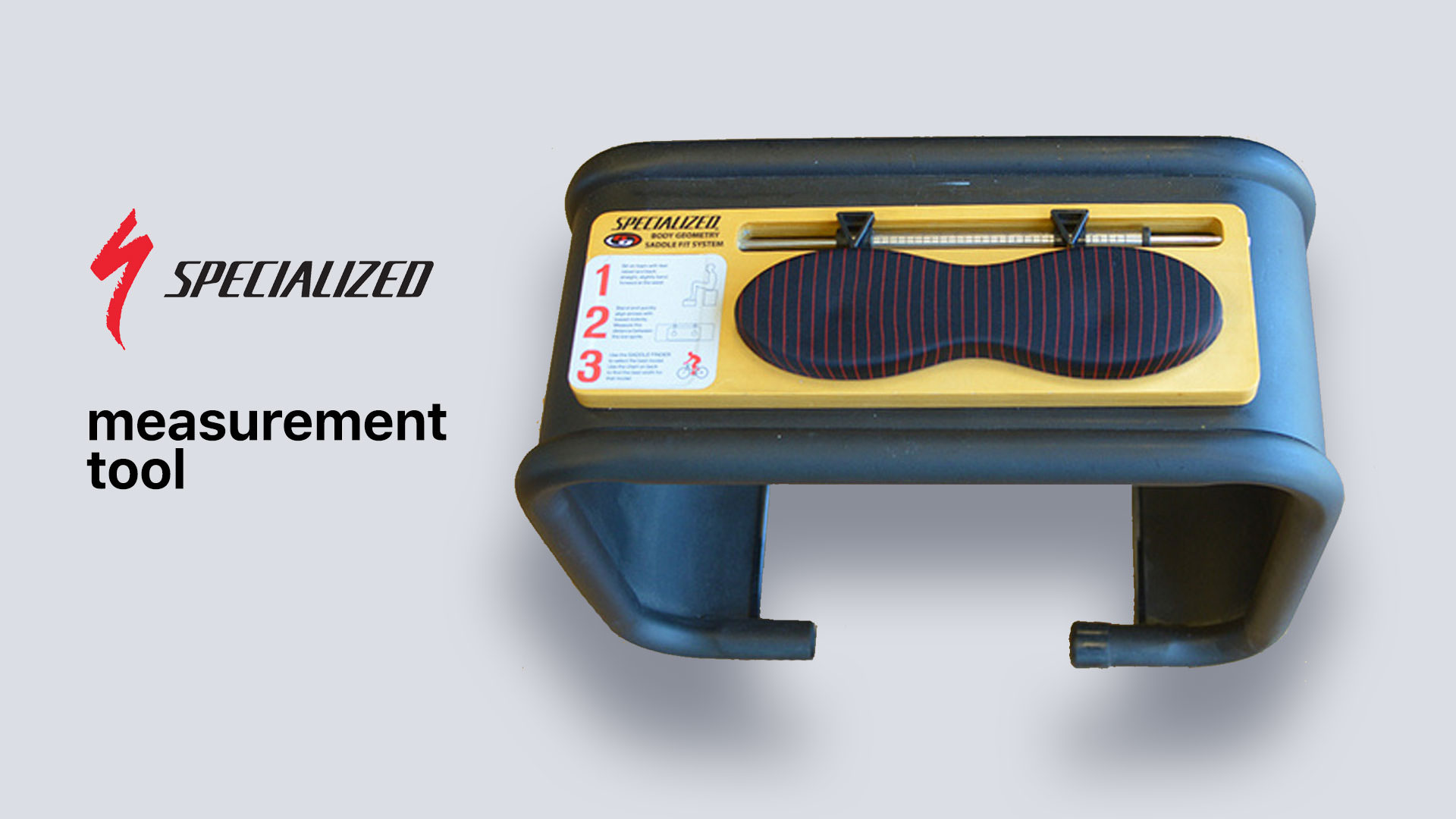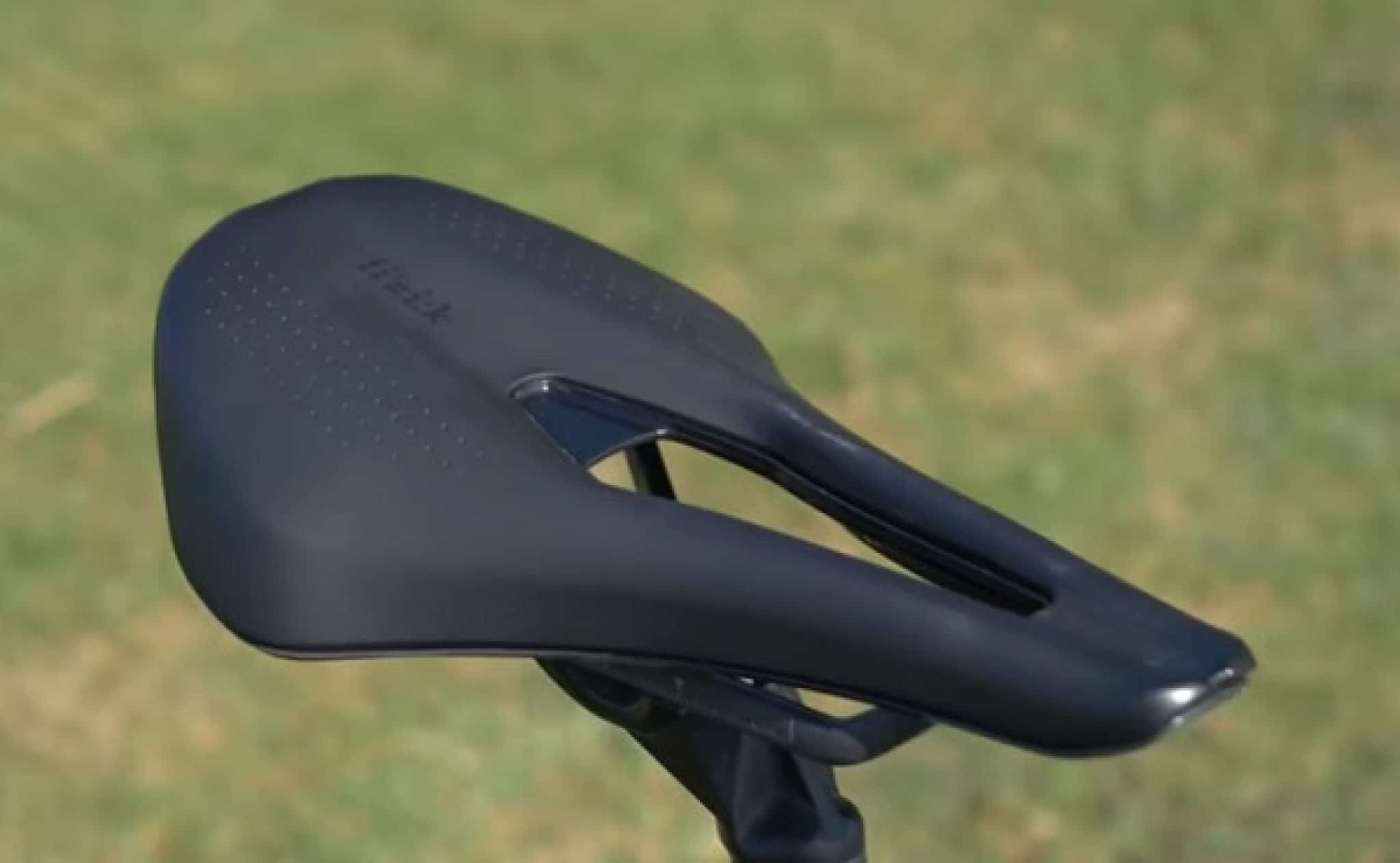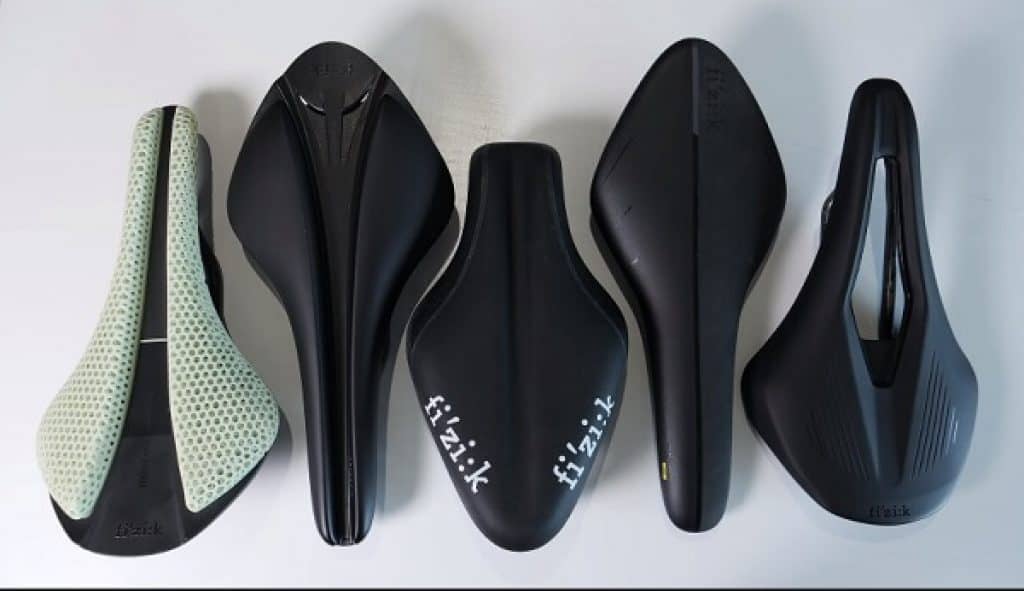Why Saddle Comfort Matters for Cyclists
A comfortable bike saddle is crucial for any cyclist, as it directly impacts performance, endurance, and overall riding experience. Discomfort can lead to a range of issues, from minor annoyances to serious injuries. When a saddle doesn’t provide adequate support and cushioning, it can cause pressure points, numbness, and soreness in sensitive areas, ultimately affecting a cyclist’s ability to ride efficiently and effectively.
Moreover, a poorly fitting saddle can also influence a cyclist’s mental state, leading to frustration, anxiety, and a decrease in confidence. This is particularly true for long-distance riders, who may experience increased fatigue and discomfort due to an ill-fitting saddle. By prioritizing saddle comfort, cyclists can optimize their performance, enjoy a more pleasant riding experience, and reduce the risk of injury. In fact, measuring sit bones for a bike saddle is a critical step in finding the perfect saddle fit, as it ensures a comfortable and supportive ride.
Understanding Your Body Shape and Saddle Needs
When it comes to finding the perfect bike saddle fit, understanding your body shape and saddle needs is crucial. One of the most critical factors to consider is sit bone width, which plays a significant role in determining the ideal saddle size and shape. Sit bones, also known as ischial tuberosities, are the bony structures that bear the weight of the body when seated. The width of these bones varies from person to person, and it’s essential to identify your individual needs to ensure a comfortable and supportive ride.
To determine your sit bone width, you’ll need to measure sit bones for a bike saddle, which can be done using a sit bone caliper or a DIY approach. This measurement will help you identify the correct saddle size and shape, ensuring that your weight is evenly distributed and pressure points are minimized. By understanding your body shape and saddle needs, you can make an informed decision when selecting a bike saddle, ultimately leading to a more comfortable and enjoyable riding experience.
How to Measure Your Sit Bones for a Bike Saddle
Measuring sit bone width is a crucial step in finding the perfect bike saddle fit. This measurement will help you determine the ideal saddle size and shape, ensuring a comfortable and supportive ride. There are two ways to measure sit bones for a bike saddle: using a sit bone caliper or a DIY approach.
Using a sit bone caliper is the most accurate method. This tool is specifically designed to measure the distance between the sit bones. Simply place the caliper under your sit bones while seated, and take note of the measurement. This will give you an exact measurement of your sit bone width.
If you don’t have access to a sit bone caliper, you can use a DIY approach. Sit on a flat, hard surface with your feet flat on the floor. Place a piece of cardboard or a thick magazine under your sit bones, and slowly rock back and forth to create an impression of your sit bones. Measure the distance between the two impressions, and add 1-2 cm to account for the compression of the cardboard or magazine. This method may not be as accurate as using a sit bone caliper, but it can still provide a good estimate of your sit bone width.
Once you have your sit bone measurement, you can use it to select a bike saddle that is tailored to your individual needs. Remember to measure sit bones for a bike saddle before purchasing a new saddle, as this will ensure a comfortable and supportive ride.
What to Look for in a Bike Saddle for Comfort and Support
When selecting a bike saddle, there are several key features to consider to ensure comfort and support. These features can make a significant difference in the overall riding experience, and should be carefully evaluated in conjunction with your sit bone measurement.
One of the most important features to look for is a cutout or recessed area in the saddle. This design element helps to reduce pressure on sensitive areas, providing relief and comfort during long rides. The size and shape of the cutout will vary depending on the saddle, so it’s essential to choose a saddle with a cutout that aligns with your individual needs.
Padding is another critical feature to consider. Adequate padding can help to distribute pressure evenly, reducing discomfort and fatigue. Look for saddles with thick, high-quality padding that provides support without compromising flexibility.
The nose shape of the saddle is also important. A saddle with a nose shape that is too narrow or too wide can cause discomfort and pressure points. Look for a saddle with a nose shape that is tailored to your sit bone width, ensuring a comfortable and supportive ride.
In addition to these features, consider the material and construction of the saddle. A high-quality saddle with a durable construction will provide long-lasting comfort and support. By carefully evaluating these features and considering your individual needs, you can find a bike saddle that provides optimal comfort and support.
Top Bike Saddle Recommendations for Different Riding Styles
When it comes to selecting a bike saddle, different riding styles require different features and designs. Here are some top bike saddle recommendations for road, mountain, and commuter riding:
For road riding, the Specialized Power Saddle is a popular choice. This saddle features a unique nose shape and a cutout design, providing comfort and support during long rides. The Fizik Arione Saddle is another top pick, offering a sleek design and a comfortable ride.
For mountain biking, the Troy Lee Designs DCE Saddle is a great option. This saddle features a durable design and a comfortable shape, making it perfect for rugged terrain. The WTB Speed Saddle is another top choice, offering a lightweight design and a comfortable ride.
For commuter riding, the Brooks Cambium Saddle is a popular choice. This saddle features a comfortable design and a durable construction, making it perfect for daily commutes. The Selle Royal Respiro Saddle is another top pick, offering a comfortable ride and a sleek design.
When selecting a bike saddle, it’s essential to consider your individual needs and riding style. By choosing a saddle that is tailored to your specific needs, you can ensure a comfortable and supportive ride. Remember to measure sit bones for a bike saddle to ensure the best fit.
Common Mistakes to Avoid When Choosing a Bike Saddle
When selecting a bike saddle, there are several common mistakes that cyclists make. Avoiding these mistakes can help ensure a comfortable and supportive ride. Here are some common mistakes to avoid:
Neglecting sit bone measurement is a common mistake. Failing to measure sit bones for a bike saddle can lead to a saddle that is too narrow or too wide, causing discomfort and pain. Make sure to take the time to measure your sit bones accurately to ensure the best fit.
Ignoring personal comfort preferences is another mistake. Every cyclist has unique comfort preferences, and ignoring these preferences can lead to a saddle that is uncomfortable. Consider your personal comfort preferences, such as the level of padding and the shape of the nose, when selecting a bike saddle.
Not considering the type of riding is also a mistake. Different types of riding, such as road, mountain, and commuter riding, require different features and designs. Make sure to choose a saddle that is tailored to your specific type of riding.
Not reading reviews and doing research is a common mistake. Reading reviews and doing research can help you understand the pros and cons of a particular saddle and make an informed decision. Don’t rely on brand reputation alone; take the time to read reviews and do your research.
By avoiding these common mistakes, you can ensure a comfortable and supportive ride. Remember to take the time to measure sit bones for a bike saddle, consider your personal comfort preferences, and choose a saddle that is tailored to your specific type of riding.
Getting the Most Out of Your Bike Saddle Adjustment
Once you’ve selected a bike saddle that fits your body shape and riding style, it’s essential to fine-tune the adjustment for optimal comfort and performance. A well-adjusted bike saddle can make a significant difference in your riding experience, reducing discomfort and improving overall performance.
Fore-aft adjustment is critical, as it determines the position of the saddle in relation to the handlebars. A saddle that is too far forward can cause pressure on the hands and wrists, while a saddle that is too far back can cause discomfort in the lower back. Experiment with different fore-aft positions to find the sweet spot that works best for you.
Height adjustment is also crucial, as it affects the angle of the saddle and the position of the rider’s pelvis. A saddle that is too high can cause discomfort in the groin area, while a saddle that is too low can cause pressure on the perineum. Make sure to adjust the height of the saddle to ensure a comfortable and supportive ride.
In addition to fore-aft and height adjustments, consider the tilt of the saddle. A saddle that is tilted too far forward can cause pressure on the hands and wrists, while a saddle that is tilted too far back can cause discomfort in the lower back. Experiment with different tilt angles to find the position that works best for you.
Remember, finding the perfect bike saddle fit is a process that requires patience and experimentation. By taking the time to measure sit bones for a bike saddle and fine-tune the adjustment, you can ensure a comfortable and supportive ride that enhances your overall cycling experience.
Conclusion: Finding Your Perfect Bike Saddle Fit
In conclusion, finding the perfect bike saddle fit is a crucial aspect of cycling comfort and performance. By understanding the importance of a comfortable bike saddle, identifying individual body shape and saddle needs, and measuring sit bones for a bike saddle, cyclists can ensure a supportive and comfortable ride.
To recap, here is a final checklist for cyclists to ensure a comfortable and supportive ride:
- Measure sit bones for a bike saddle to determine the ideal saddle size and shape.
- Consider key features such as cutouts, padding, and nose shape when selecting a bike saddle.
- Choose a bike saddle that is tailored to your specific type of riding.
- Avoid common mistakes such as neglecting sit bone measurement and ignoring personal comfort preferences.
- Fine-tune your bike saddle adjustment for optimal comfort and performance.
By following these steps and considering the importance of measuring sit bones for a bike saddle, cyclists can experience a more comfortable and enjoyable ride. Remember, a well-fitting bike saddle is essential for optimal performance, endurance, and overall riding experience.








